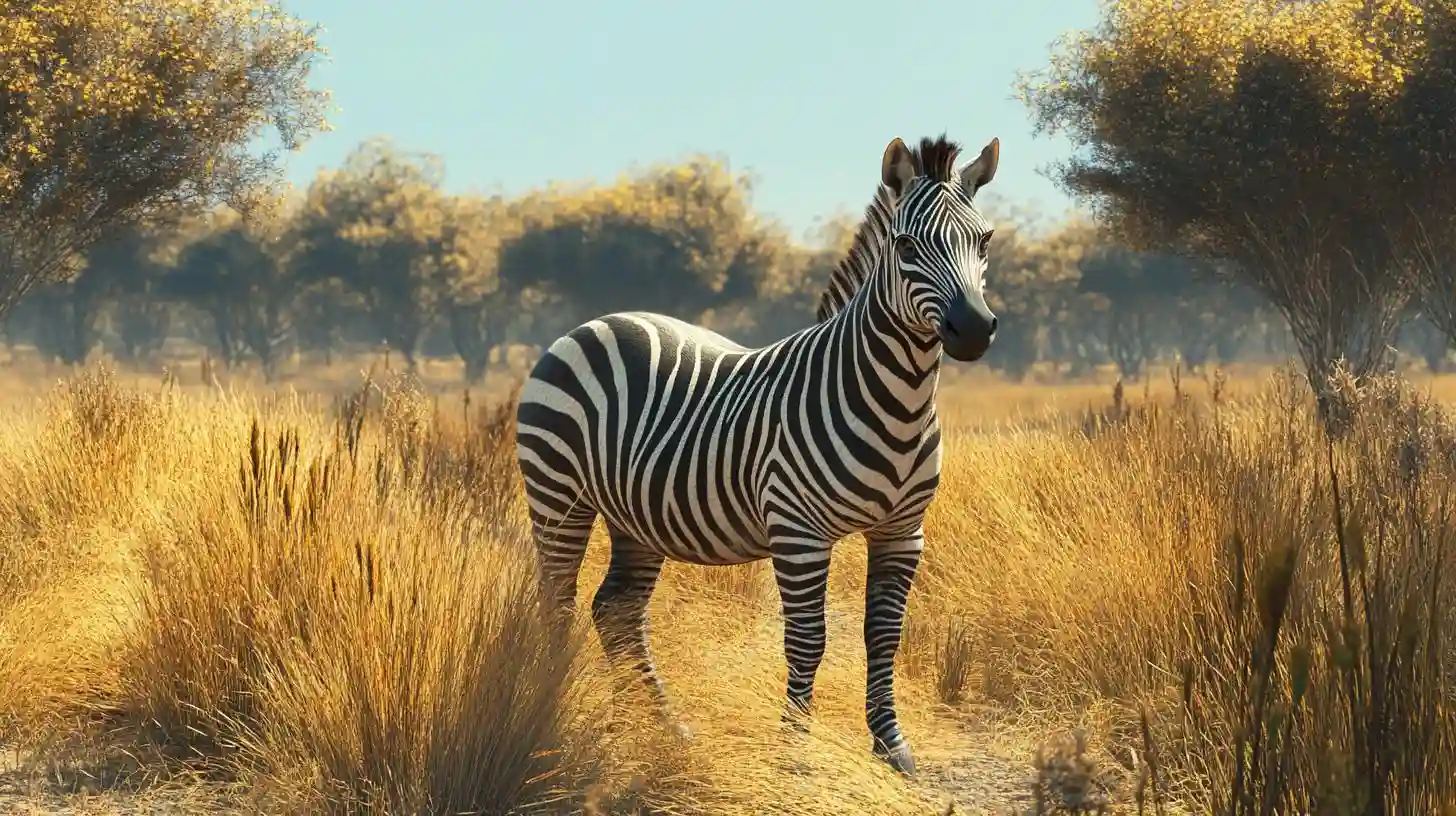
Research has unveiled intriguing insights about the unique coloration of zebras, challenging long-held beliefs about the primary reasons for their iconic stripes. Initially, it was widely assumed that the primary function of zebra stripes was camouflage, helping these animals blend into their environment and evade predators. However, recent studies have shifted focus to explore a multitude of benefits that zebra stripes provide, highlighting their role beyond mere aesthetics.
One of the most groundbreaking revelations from recent studies is the way stripes might function as a deterrent against biting insects. The black and white pattern of zebra coats appears to confuse flies and other pests, making it more difficult for these insects to land successfully on their skin. This is particularly advantageous in the African savannah, where diseases transmitted by biting insects can have devastating effects on herd health. By reducing the number of bites from these pests, zebra stripes could indirectly contribute to the overall fitness of the species, showcasing an adaptive advantage that may extend their lifespan and reproductive success.
In addition to protecting them from pesky insects, the stripes of zebras have been shown to play a significant role in social interactions within herds. The contrasting patterns can enhance visual recognition among zebras, allowing them to identify each other in a bustling group more easily. This social aspect is critical for maintaining group cohesion, facilitating interactions, and reinforcing bonds within their social structure. By using stripes for identification, zebras can recognize family members and friends, helping them form strong social networks that are vital for survival in the wild.
Moreover, the benefits of zebra stripes extend to thermal regulation. Research suggests that the varying colors of black and white can create microclimates on the animal's skin, impacting body temperature. The different colors absorb and reflect heat to varying degrees, potentially allowing zebras to manage their body temperature more effectively during hot sunny days. This unique adaptation aids them in thermoregulation, ensuring they remain active and alert in the challenging climates of their habitats, thus enhancing their chances of survival.
Interestingly, stripe patterns may also have implications for predator dynamics. The effect of stripes on large carnivores, which often rely on visual cues to hunt, cannot be dismissed. The confusion created by the blurring effect of stripes when zebras run in groups creates an optical illusion, making it challenging for predators to single out an individual when they are in motion. This phenomenon, often referred to as the "dazzle effect," demonstrates how stripes can cleverly enhance the survival odds of zebras in the face of predation.
The dynamic and complex interactions between zebras and their environment underlie the significance of their stripes. In a world where survival often hinges on quick adaptability, these stripes serve multiple practical purposes that contribute to the resilience of zebras as a species. Their stripes are not simply adornments but rather multifaceted tools that have evolved in harmony with their ecological needs, enabling zebras to navigate challenges posed by predators, pests, and environmental factors.
As scientists continue to delve deeper into the ecological significance of zebra stripes, they uncover new layers of understanding about these remarkable animals. This ongoing research contributes to a broader comprehension of evolutionary biology and the diverse strategies species employ to thrive in their habitats. By examining the multi-dimensional roles of zebra stripes, the scientific community can glean insights applicable to conservation efforts, helping to ensure the protection of these extraordinary creatures and the ecosystems they inhabit.
The exploration of zebra stripes continues to provide valuable lessons about adaptation and survival in the animal kingdom. As research progresses, the understanding that zebra stripes serve more functions than initially believed emphasizes the intricacies of nature and the need to consider holistic approaches to wildlife conservation. The hidden benefits discovered in this study remind us of the wonders of evolution and the complex interplay of life forms that inhabit our planet, encouraging a deeper appreciation for the rich tapestry of biodiversity surrounding us.